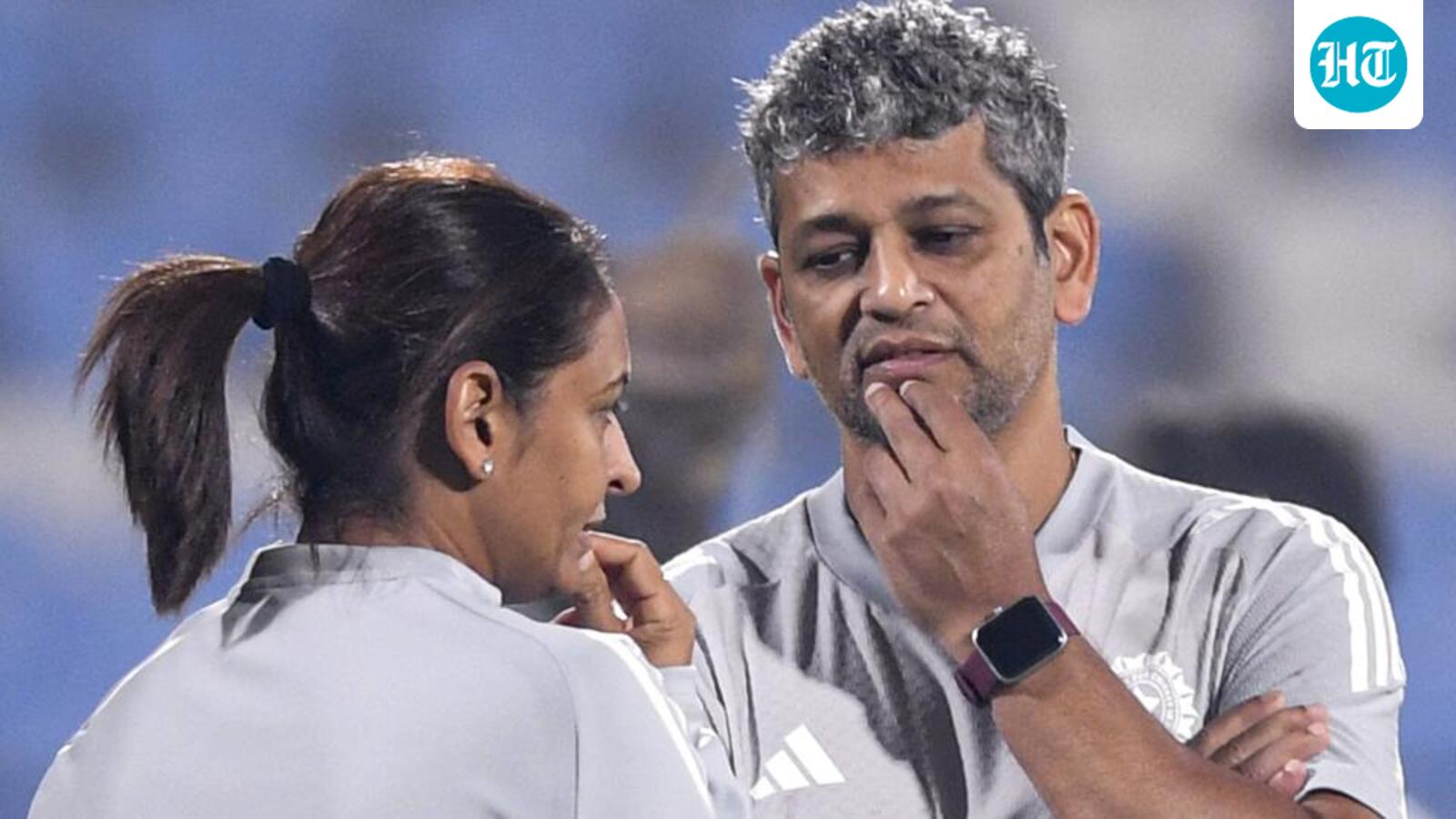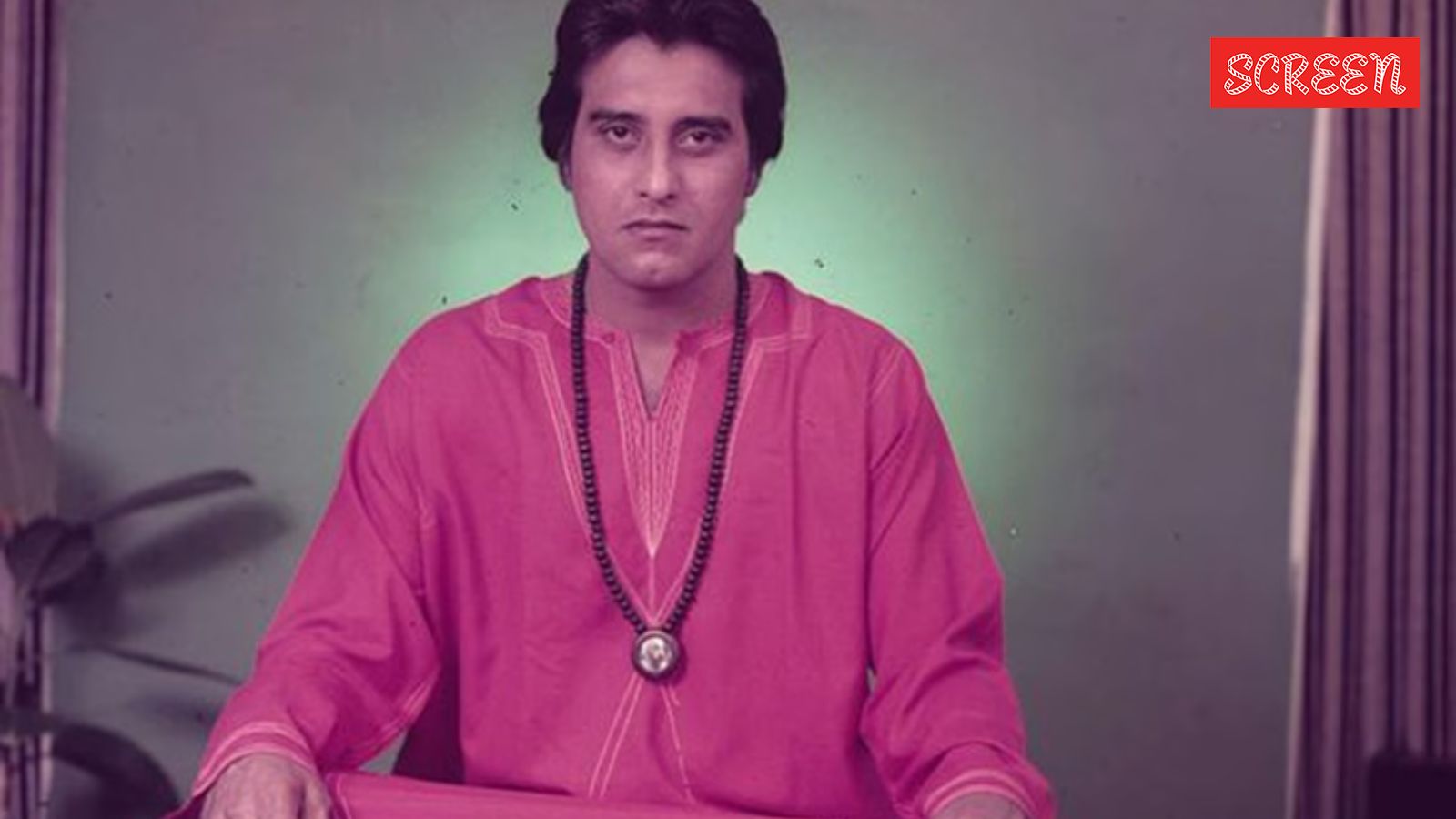
New Delhi: Few names in women’s cricket carry as much weight as Belinda Clark’s. A pioneer, record-holder and administrator, Clark has been a trailblazer but also witnessed the evolution of the game.
As the ICC Women’s ODI World Cup unfolds in India and Sri Lanka, she reflects on how the game has turbocharged in pace and popularity, settles the technique vs power debate and what excites her about the World Cup.
Excerpts:
When you look back at your playing days and compare them to now, what strikes you most about how women’s cricket has evolved?
The sheer volume of cricket played is the striking difference. This is a combination of international cricket and T20 Club based cricket. The greater volume has turbocharged the development of the game, the players and the level of interest.
Do you think hitting prowess now takes precedence over technique in women’s cricket?
Technique is a means to an end. It needs to adapt in order to be effective so that runs can be scored in different situations and conditions. I think we are seeing the game evolve due to the change in mindset and demands of T20 Cricket. Power plus effective technique will be more effective than either on their own.
You were known for your classical strokeplay. How do you see batting evolving from your time to now?
The game has evolved enormously. What hasn’t changed is that the very best players work out how to play different formats and in different conditions. The smaller boundaries, better surfaces, better equipment, shorter game format and more opportunity to practice and play has meant that players have seriously upped the ante on run rates and attacking play. I think this has been wonderful for the game.
Do you think modern cricket values aggression over consistency?
It is important to be able to adapt to meet the demands of the game. Players have a variety of roles that might play within a team based on the game situation. Consistency and aggression are hard to juggle as the aggression brings inherent risk but players have worked out how to individually manage that risk by using their strengths. It is also perhaps a different approach for different formats. I think the current players that have managed that well are Anabelle Sutherland, Smriti Mandana, Laura Wolvaardt, Beth Mooney, Nat Sciver-Brunt, Ellyse Perry, Hayley Matthews, Chamari Athapaththu and Alyssa Healy – the fact there are a few players on this list means many are able to walk the line.
What excites you most about this ODI World Cup?
There are so many good players competing in this world cup – so it’s the depth of the playing talent that will create some great contests between the teams. The tournament being hosted in India is also a great opportunity to create global exposure for the game. How India handle the pressure of being the host will be key to their ambitions. Many of the best players have now played a lot of cricket in India through the WPL so that will provide great comfort for the visiting teams.
Who do you think are the contenders for the title, why?
I think this tournament is wide open. The round robin format playing everyone once will be tough and means that consistent performances are required to break through into the semis. I think the top 4 will likely be India, England, Australia and South Africa. The ODI rankings would say Australia and India are the key contenders but there is a lot of cricket to be played and semi-final spots will be hotly contested.
In your words, the emotions you felt when you scored the iconic double hundred (229 off 155 balls) in Mumbai during the 1997 World Cup…
I didn’t know it was a record until I came off and the press revealed the information. So the overriding feeling was one of surprise. The team scored 412 that day and we were on a larger mission to win the World Cup so it was an honour to be part of that and it was a good day in our World Cup journey. My favourite memory of that World Cup was doing a lap of honour with the team at the end of the match in front of so many fans in Calcutta. Let’s hope the fans get behind this tournament and provide the players a chance to play in packed stadiums with excited fans.






